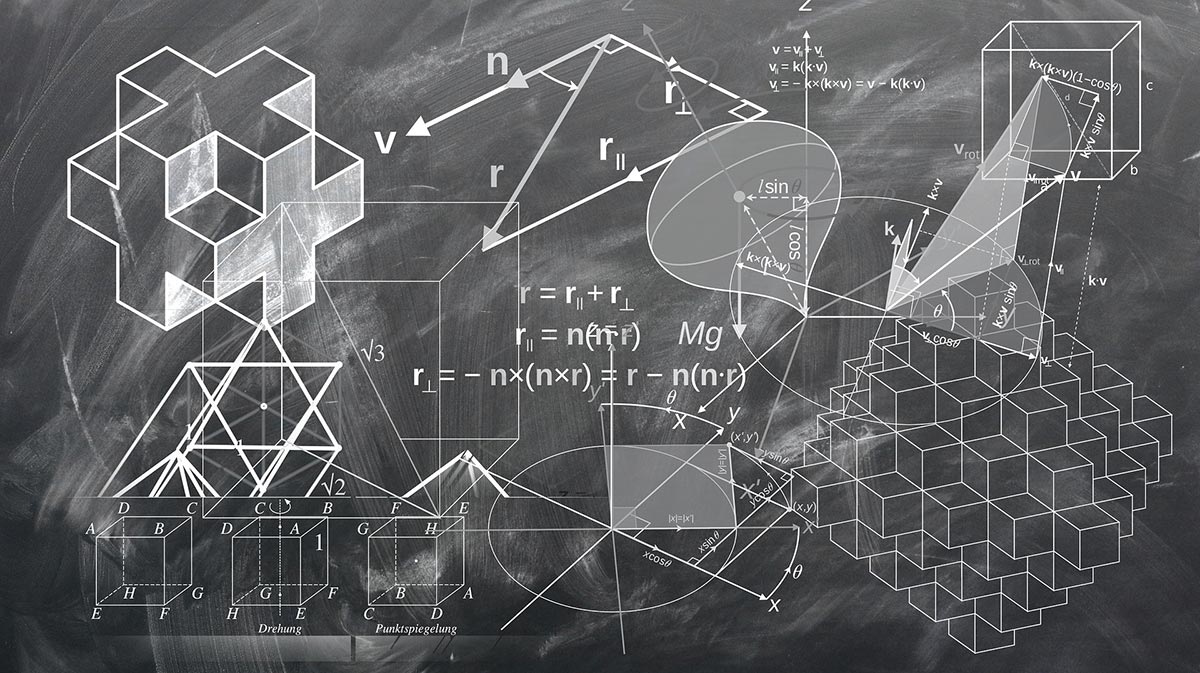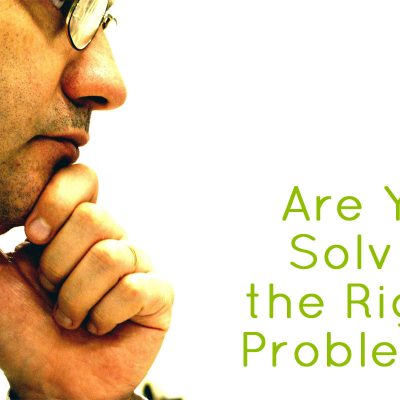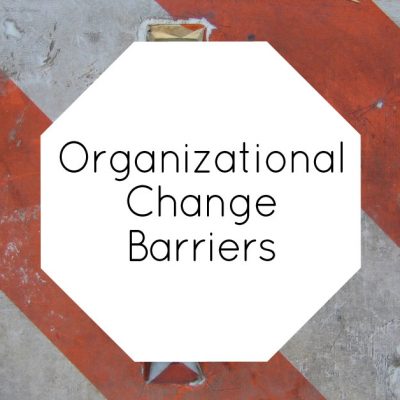
One of the most valuable formulas to use as a framework for change was developed by the late Kathleen Dannemiller. It provides guidance for all of us who work with whole system change including the most challenging task: organizational transformation. I share this formula with you and I ask you to use your imagination to take into account one simple addition that those of us who work with the Genuine Contact program apply to our considerations as we design our work and carry it out with leaders and with organizations. You will find this simple addition to be valuable in your change work.
First, here is the formula developed by Kathleen Dannemiller, a pioneer in whole system change work.
D x V x F >R
D = dissatisfaction. Dissatisfaction is focused on dissatisfaction with the ways things are
X = is the multiplication factor
V = positive vision. A positive vision stands for the way we would like things to be.
F = first steps. First steps refer to first steps causing movement toward the vision.
> = the ‘greater than sign
R = resistance to change
In other words, D (dissatisfaction) multiplied by V (positive vision) multiplied by F (first steps) must be greater than R (resistance to change) to be successful with intentional change initiatives even change at the scale of organizational transformation.
Dannemiller’s hypothesis included that the key to the formula is that if any of the three: D, V or F is zero, the product will also be zero. If the product is zero, there is no way to have the right conditions to be greater than resistance to change. If D is present with no V or F, frustration results. If D and F are present but no V, people get disillusioned.
Organizational development practitioners who specialize in working with change at scale have used this formula for several decades. Using the formula provides guidance to practitioners to undertake tasks with the group of getting clarity about the dissatisfaction, or even creating more awareness of the dissatisfaction, developing a compelling vision, sorting out first steps for action, and making plans that minimize resistance to change.
Up to this point, the formula and figuring out clever ways to apply it for organizations, and even for individuals, is fairly logical, fairly straightforward.
A Missing Ingredient
Of course, applying the formula requires the engagement of people and thus the use of participatory meeting methods. The participatory meeting methods we use most frequently are Whole Person Process Facilitation and Open Space Technology.
This takes me to that second point I promised to make. I referred to it as a simple addition from the Genuine Contact program that would be valuable to your change work. Imagine working from the change framework as per the formula above, engaging people what needs to be looked at using participatory meeting methods.
Now, let us introduce you to one of the five beliefs of the Genuine Contact program and as you consider this belief, please imagine the big impact holding such a belief makes when working with change.
“We believe that every organism (including the organization) has within it the blueprint for its own optimal health and balance. We trust the people in the organization to know what is needed for optimal effectiveness. Building on the strengths within the organization is a key to optimal effectiveness”.
To the degree that you can adopt this belief, trusting that the blueprint for its own optimal effectiveness is inside of the organization, you can trust that with the right use of participatory methods, the people themselves will find the solutions for going forward with whatever change is needed. Going back to the formula, adopting this belief means that the people will successfully come up with being able to state their dissatisfaction in a way that provides useful and useable data; they will engage with a vision that they help to create; and they sort out next steps for forward movement in progress towards the vision. There is no need to worry that D or V or F will ever be zero, or less than the resistance to change.
Change efforts have greater success when good engagement of the people is taken into consideration at every step of the formula.
Image by Gerd Altmann from Pixabay







Leave a Reply
You must be logged in to post a comment.